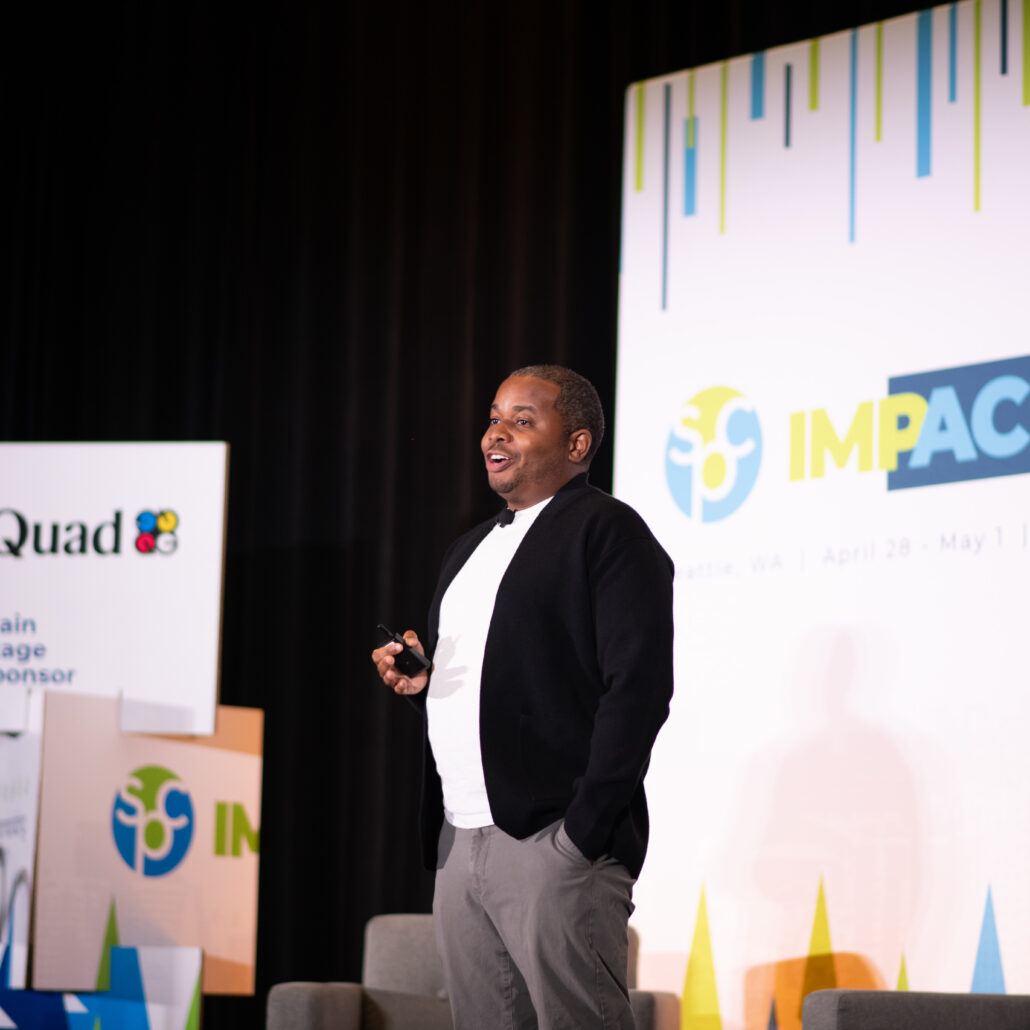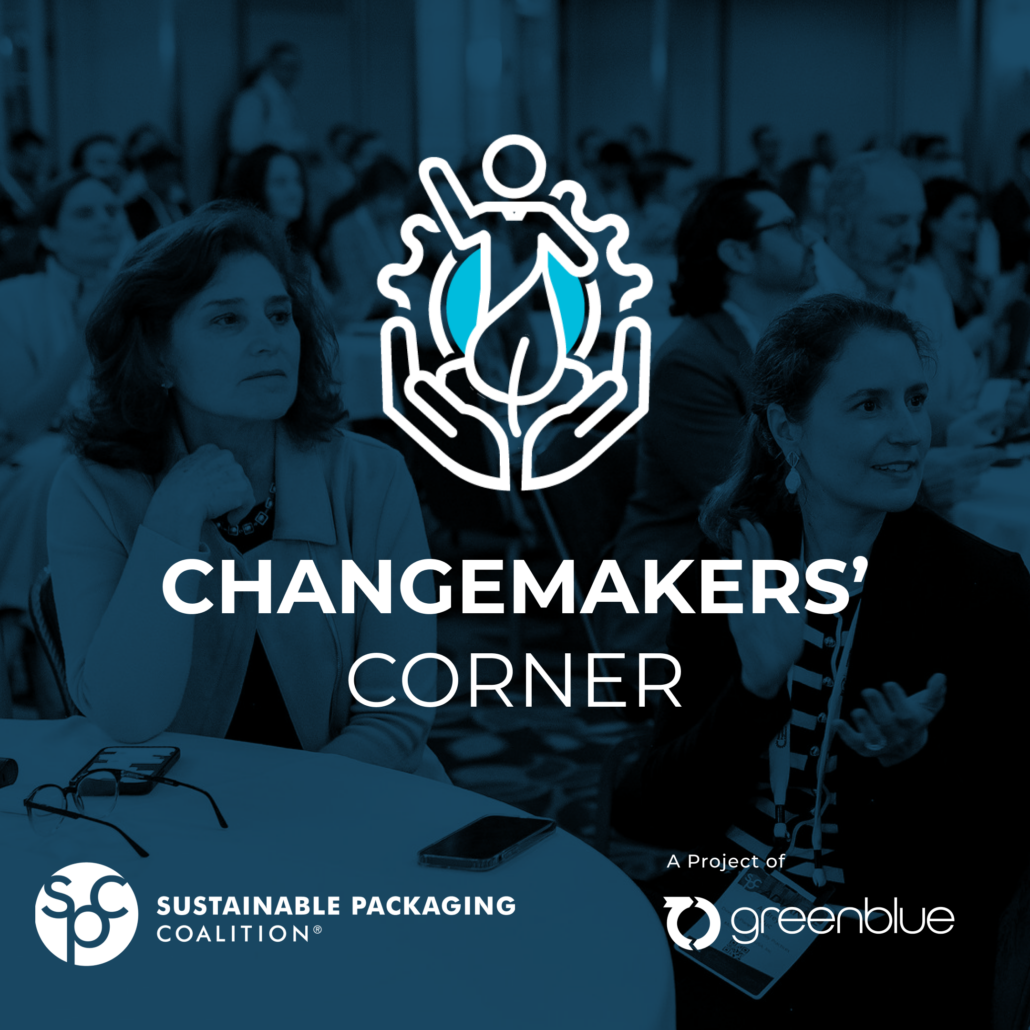Reaching the launch date of a new innovation through a collaborative process is exciting, but it takes many internal and external stakeholders working together to achieve that goal. Day 2 of SPC Advance 2022 continued to highlight the role of collaboration with sustainable packaging development with a panel about qualifying innovations into the recycling stream. The key takeaways of the discussion included:
- Collaboration is the only way to have a holistic approach that involves all necessary stakeholders. If you miss a critical stakeholder, you waste your resources.
- Start with understanding the market needs and the definitions of recyclability so that you can target the problems with the research and data that meet the actual needs of your market.
- Working and sharing transparently across the supply chain is important.
- Accelerating knowledge and change can mean choosing not to keep technology proprietary.
- Consensus on what the standards are and being able to quantify what specifications are necessary. We need to be designing for the future; thinking about the world in 2025 and designing packaging for that world (not the present).
This panel was moderated by Patrick Keenan of General Mills and featured: Linda Roman from Kraft Heinz, Brian Hawkinson of the American Forest & Paper Association, Barak Bright of Clearwater Paper, Martin Grandjean of Tembo paper, and Megan Robison representing the How2Recycle team. The panel featured members at different stages of the value chain and focused primarily on fiber packaging materials.
One point mentioned early in the discussion was the importance of seeking out material “agnostic” equipment. Standards are evolving and it’s not possible to replace or change out equipment as often as the packaging materials advance. If a possible solution affects the runnability of a design, it is unlikely to be accepted. Thus, investing in material-agnostic equipment that can handle different substrates and materials is an important strategy to building future capacity.
Likewise, the panel highlighted the importance of collaboration with mills and other reprocessors, especially in the absence of standards. The mills ultimately determine if paper gets recycled, so any efforts to increase circularity through recycling need to incorporate stakeholders from the mills. This is especially crucial as consensus on what standards determine recyclability remains a challenge. More standards for different paper-based formats are needed so that it is clear what the benchmark is. Without specific standards, it is not possible to measure whether or not something is still not recyclable or if it’s been iterated into something that works.
Food residue remains a messy issue in paper recyclability. Recent Westrock research on pizza boxes shows the power of questioning urban legends about recycling. With data from paper mills on acceptance combined with re-processability testing, the study demonstrates that residual grease and cheese are not an issue for reprocessing. Other food residues still need that same level of investment in research to determine whether or not specific product residue is an issue.
Looking to the future, the panel stressed the importance of working on dual paths for innovation. Without multiple alternatives for innovating recyclability, the timelines of bringing an innovation to market can mean the strategy is obsolete before the innovation is fully introduced, and valuable time was wasted. Dual paths are required so that we can be ready for the future that arrives, rather than relying on a single possible outcome.
Achieving the goals industry has set around recyclability and incorporation of recycled content will take all members of the value chain working towards increased recycling rates. In order to make packaging go from recyclable to consistently recycled, each member of the value chain must be willing to support others with data sharing, transparency on challenges (and solutions), and pre-competitive collaboration.





